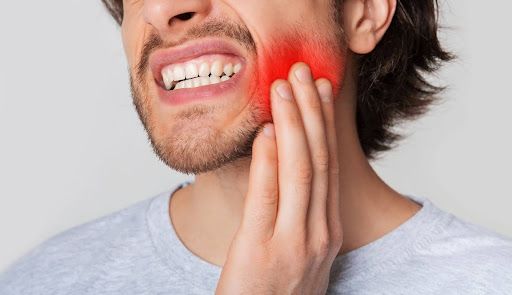Periodontal Disease: Understanding and Diagnosing
November 20, 2013
Periodontal disease, commonly known as gum disease, is the number one cause of adult tooth loss in the United States. The American Academy of Periodontology has estimated that “approximately three out of four Americans suffer from some form of gum disease.” (Source) With the advances in dentistry over the past 40 years, we are better able to fight periodontal disease. Today we are going to share with you exactly what periodontal disease is and discuss the best methods for diagnosing periodontal disease.
What is periodontal disease?
According to the ADA “Periodontal diseases are disorders of the gums, or gingivia and other tissues around the teeth.” (Source) Periodontal diseases range in severity from mild to severe. When not properly treated, periodontal disease results in tooth loss. During early periodontal disease, also called gingivitis, bacteria and plaque build up in the gum tissue that surrounds and secures your teeth. As this build-up occurs, your gum tissue becomes infected. As the periodontal disease continues, the periodontal ligaments attaching your gums to your teeth begin to break down. Bone loss also begins to occur as the infection spreads.
Visual Exams
A visual exam is the first place to start when diagnosing any level of periodontal disease. Symptoms of periodontal disease include puffy red gums, bleeding when flossing or brushing, and bad breath. Your gums may appear rounded or blunted instead of pointy between your teeth. In more severe cases you may be able to see the pockets formed by the detached gums and bone loss. Loose teeth will occur in cases where periodontal disease has been allowed to run rampant without being treated.
X-Rays
In mild cases of periodontal disease, where the bacteria and plaque has built up below the gumline, x-rays can be used to see this build-up. In more severe cases of periodontal disease, x-rays are used to measure the level of bone loss. X-rays are a useful tool in helping diagnose periodontal disease, but they are just a part of the diagnosis.
Periocharting
A periochart is the measurement of the depth of the periodontal pockets. These pockets are the spaces between your teeth and your gums. It is normal to have small pockets, but larger pockets are an indicator of periodontal disease. By doing a periochart the clinicians at our Evanston dental office are able to more accurately determine the health of your gum tissues. The measurements used in periocharting are taken in millimeters using a probe with a rounded tip.
The probe is placed at the base of the pocket between your tooth and your gum to determine the depth of the pocket. In general, a depth of 1mm – 3mm is a healthy pocket, a 4mm pocket may mean you have an infection, and a 5mm pocket or above usually means you should seek treatment for periodontal disease. Simply stated: the deeper the pocket, the greater your risk for tooth loss.
Periodontal disease is a serious condition affecting 75% of Americans today. Unfortunately, it is not a disease that can be completely cured, as the loss of your gum tissue and bone is hard to replace. In our next blog post we will address some of the treatment options available to help you combat periodontal disease. In the meantime, keeping up a good oral hygiene routine will keep your mouth and gums healthy and happy. Visit our past posts on toothbrushes, flossing, and toothpaste to maximize your routine and get the most for your oral care.
The post Periodontal Disease: Understanding and Diagnosing appeared first on Stephens Dentistry.







